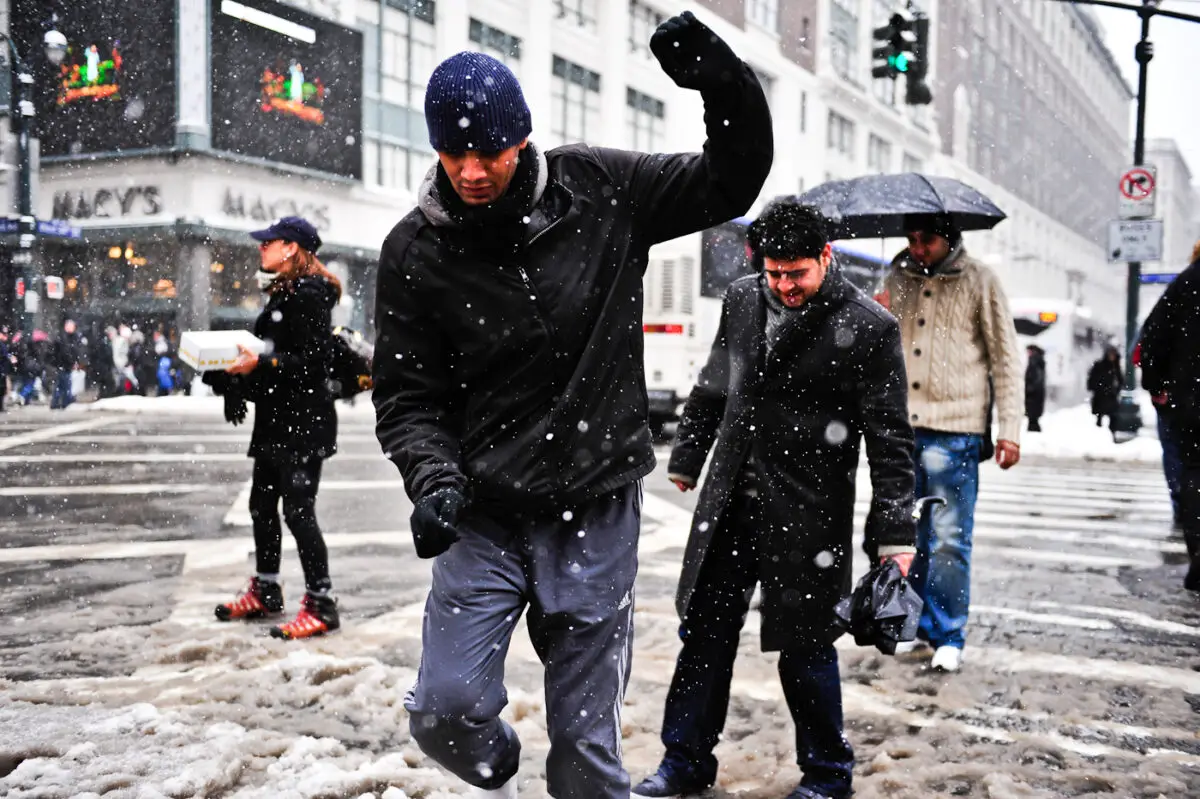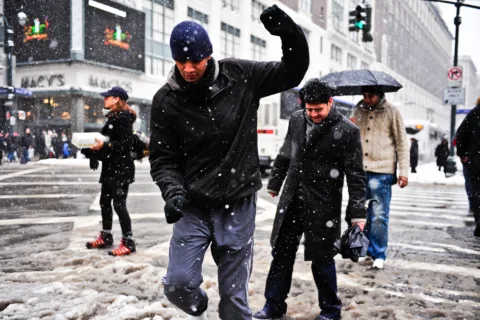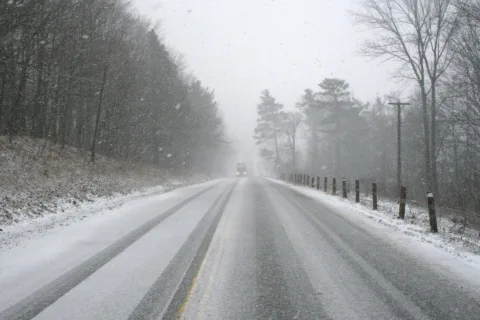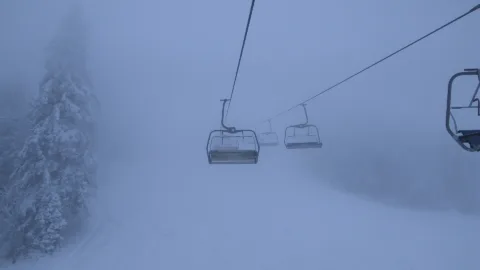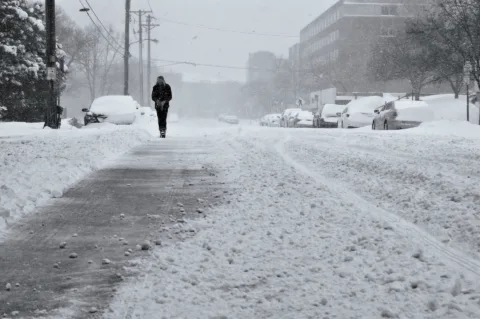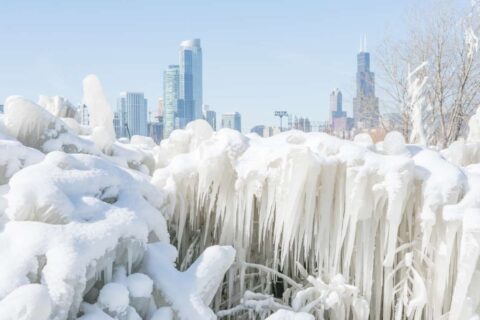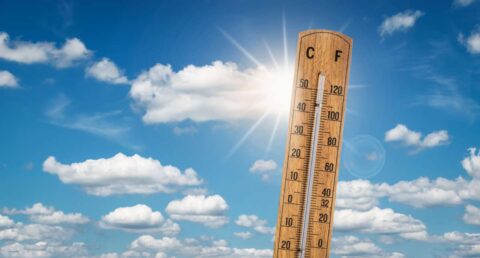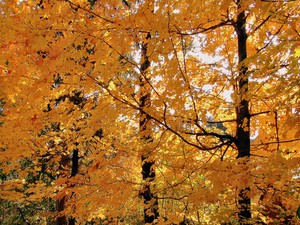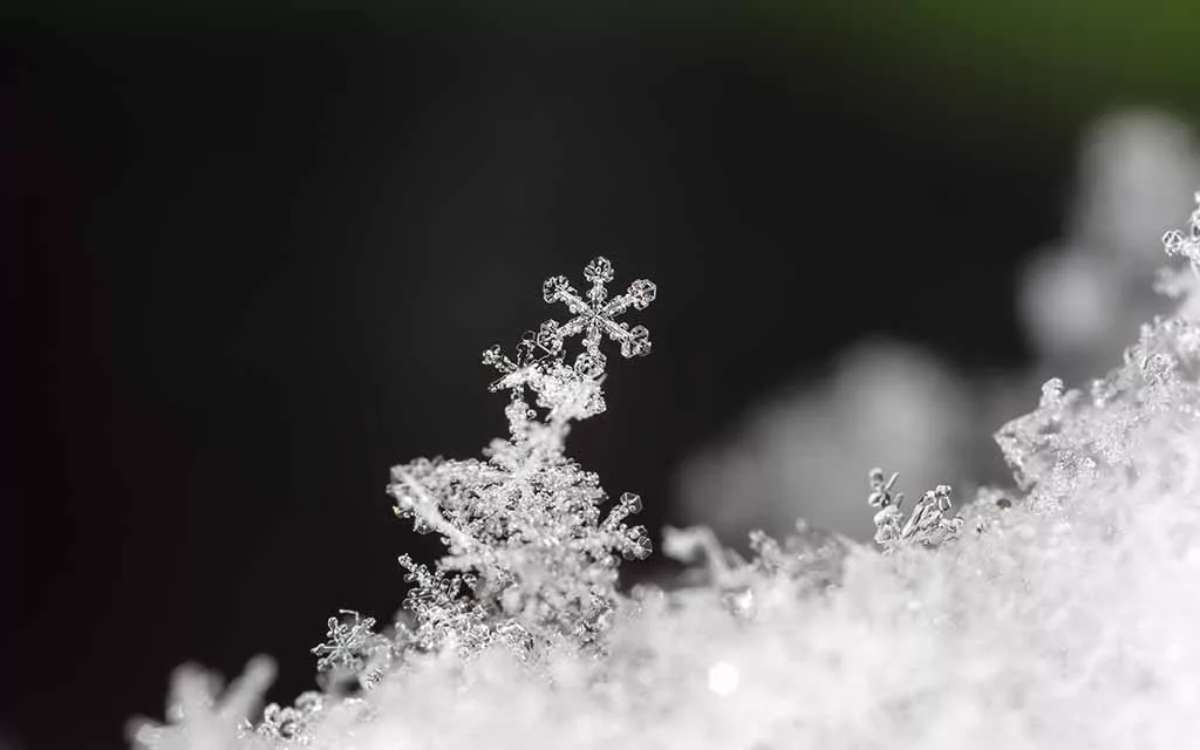Have you ever experienced a snow squall?
Chances are if you live in a place that regularly gets snow, you’ve probably been through a snow squall or two.
A snow squall (also known as a whiteout) is similar to a summer thunderstorm squall. It’s a fast-moving storm with strong winds and moderate to heavy precipitation — but instead of getting a heavy burst of rain or hail, you get snow!
Because snow squalls can deliver some moderately heavy snowfall with significantly reduced visibility and gusty winds, it’s particularly dangerous if you’re driving or you’re in a physically vulnerable spot outdoors when a snow squall occurs.
That’s why you need to know what snow squalls are and how to be prepared for these hazardous snow storms.
What Is A Snow Squall?
A snow squall is a fast-moving line of snow that dashes in and dashes out — often in the span of just a few minutes.
Even though a snow squall can bring a good dose of snowfall, snow accumulations typically aren’t very big — because the snow bands are narrow and fast-moving. But when the snow comes blowing in, it can definitely take you by surprise with:
- Blinding, whiteout conditions
- A steady burst of snowfall
- Gusty winds
- Quick-forming ice
Most snow squalls are short-lived, fast-moving storms. However, if multiple snow bands come through in relatively quick succession, then the blizzard-like conditions can persist for hours at a time.
Here is the official snow squall definition, according to AccuWeather senior meteorologist, Alex Sosnowski:
By definition, a squall is a sudden violent wind, often accompanied by rain, hail or snow. Another definition describes a squall as a short-lived commotion. Both are relevant. Snow squalls are like wintertime thunderstorms. Snow squalls are the wintertime equivalent of summertime showers or thunderstorms. Snow squalls can occur anytime from mid-October to late-April. Source
How A Snow Squall Can Affect You
Whiteouts, sudden ice, and gusty winds all add up to some pretty dangerous conditions on the road. And if you happen get more than one snow squall, the problems will only multiply:
- Quick, dramatic reductions in visibility and icy conditions on the road can lead to high-speed accidents on roadways — which sadly means injuries and deaths, long delays, and temporary road closures.
- A snow squall event is likely to cause the closure of major roads and highways — leaving motorists stranded and unable to get to work or virtually anywhere else.
- These snow storms typically cause increased response times for emergency responders — which could also lead to a whole different and tragic set of problems.
- If you happen to get caught in a snow squall while trying to partake in an outdoor recreational activity (there are, for better or worse, many people who hike, bike, and go on adventure trips in freezing or near-freezing weather), you are likely to experience several potentially dangerous challenges. Falls on slick sidewalks, slippery slopes, and other icy surfaces can cause serious injuries… or worse. And that means trips to the hospital, which may be seriously delayed with the passage of a snow squall due to the road hazards mentioned above.
How To Prepare For A Snow Squall
A snow squall can occur at any time of the day — but they’re especially hazardous during rush hour periods of the day, when motorists are packing the roads on their way to work in the morning or home from work in the evening.
If you know a snow squall is on its way, be prepared to change your travel plans!
You can find an estimated time of arrival for the snow squall by:
- Tuning into your local TV news for the latest weather forecast
- Listening to your weather radio for updates
- Checking the weather forecast online
- Downloading a winter weather app to get alerts when snow squalls are approaching
If you can safely leave for your destination early, do that to avoid the ice that may form during the storm and stick around for a period afterward. But, if it’s safer for you to leave later, that’s what you should do.
If you simply have no choice but to drive through a snowstorm, do this:
- Leave plenty of extra time to get to where you’re going — don’t rush!
- Prepare for reduced visibility and road hazards — because whiteout conditions can occur in a matter of seconds.
- Eliminate any driving distractions while traveling in a snow squall — definitely put down the cell phone!
- Reduce your speed and turn on your headlights — to increase your visibility to others on the road.
- Avoid slamming on your brakes or making sudden accelerations — because those movements give you less of control of your vehicle on icy roads.
More Info About Dangerous Snow Storms
- How Snowstorms Form
- Facts & Records About Winter Storms
- Thundersnow: When, Where & Why Does It Happen?
- How To Prepare For Snow Storms & Extreme Cold
I'm a weather geek from Florida who's been studying meteorology and watching weather patterns for years! I enjoy sharing little-known facts and fun stuff about the weather. I especially like sharing interesting details about weather events and conditions that can affect you… and how to prepare for Mother Nature's ever-changing weather patterns.
